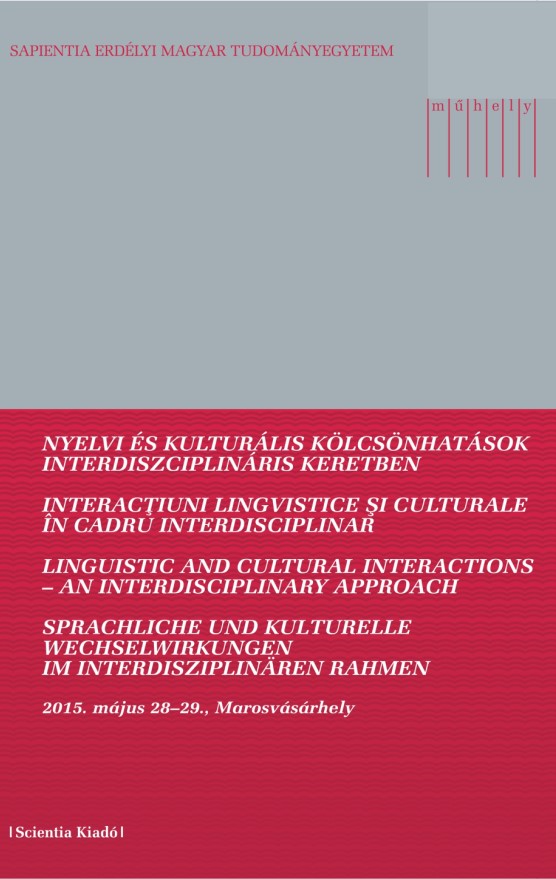A NONVERBÁLIS KOMMUNIKÁCIÓ MINT ESZKÖZ A KULTÚRÁK KÖZÖTTI NYELVI GÁTAK ÁTHIDALÁSÁRA
NON-VERBAL COMMUNICATION BRIDGING THE LINGUISTIC BARRIER BETWEEN CULTURES
Author(s): Anna Kós
Subject(s): Foreign languages learning, Communication studies
Published by: Scientia Kiadó
Keywords: non-verbal communication; linguistic barrier; multilingual regions;
Summary/Abstract: The question that in multilingual regions (such as the case of Romanian and Hungarian people in Transylvania) which ethnic group should learn the language and the culture of the other has proved to be an outstandingly tough one. These quarrels usually turn into an unnecessary demonstration of force – but this is not what I am going to discuss.
It is a well-known fact that most of communication (about 65–70%) is non-verbal. Only 30–38% of communication is verbal, and even that is paralinguistic (accent, intonation, inflection, tonality). We need nothing else than the speaker’s voice to find out his/her gender, character, age, and dialect. Only 7% of communication is found in the meaning of words. Taking these facts into account, it is odd that we do not really bother with non-verbal communication and its opportunities, which could solve a tremendous amount of problems. In some situations, we are successfully handling non-verbal communication, in others, we are not. When can we and when can we not handle information using nothing else than metacommunication? When can we replace the verbal with the non-verbal? This work tries to give answers to these questions.
- Page Range: 87-94
- Page Count: 8
- Publication Year: 2015
- Language: Hungarian
- Content File-PDF

